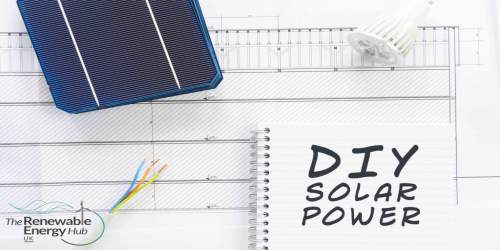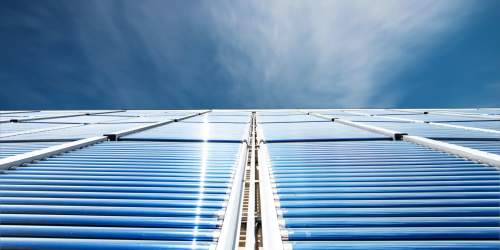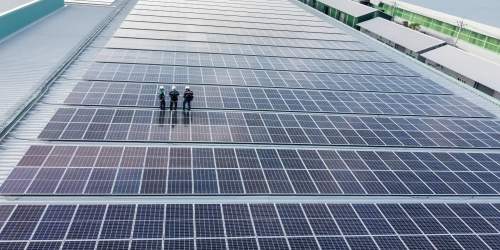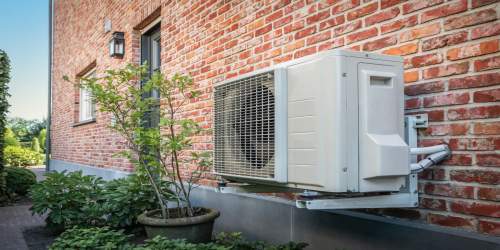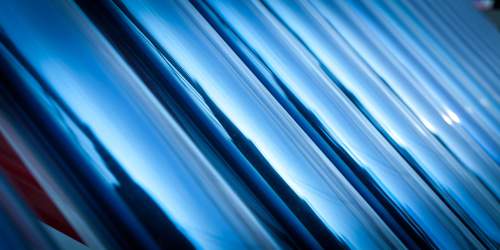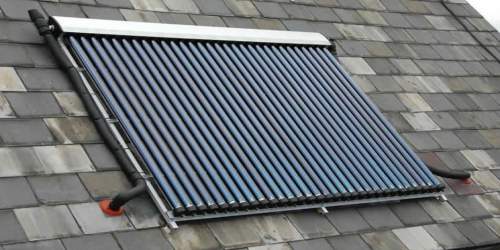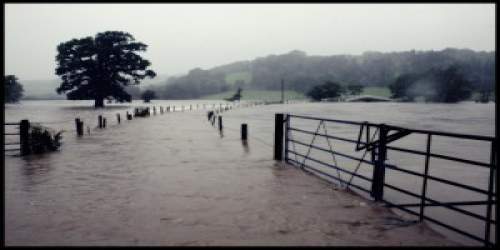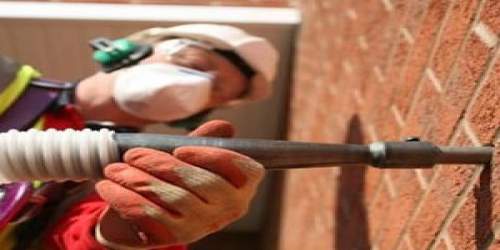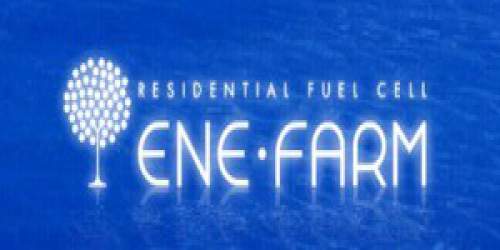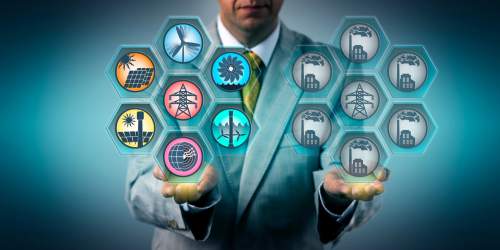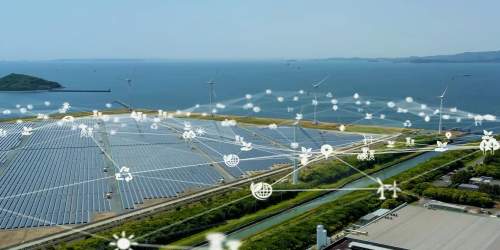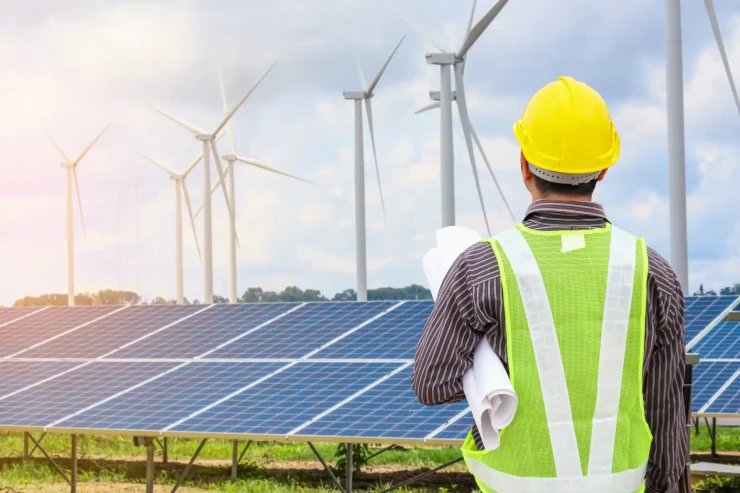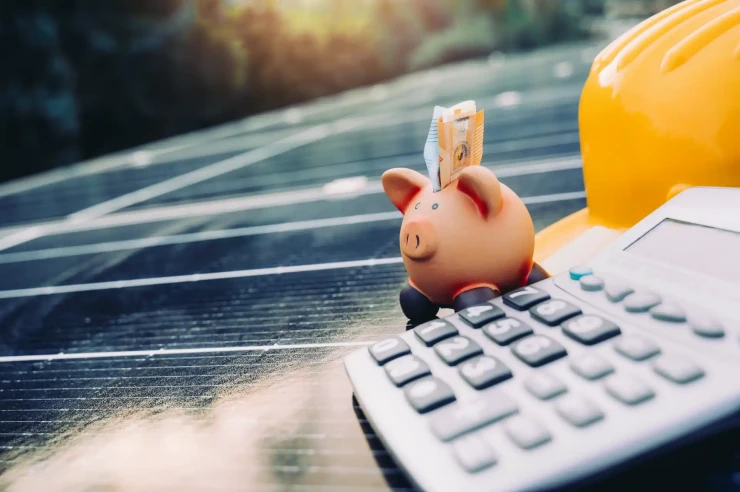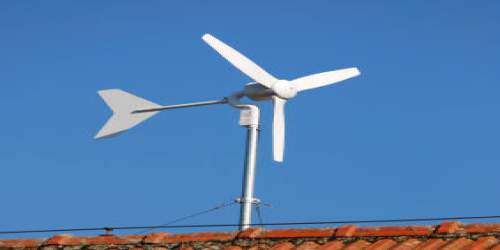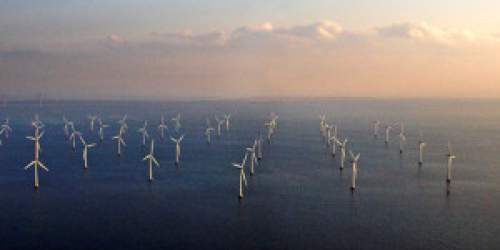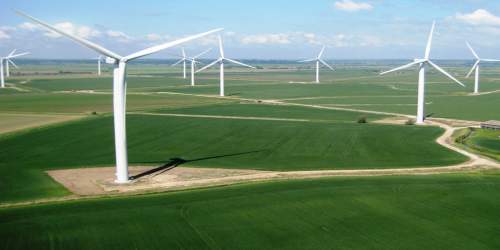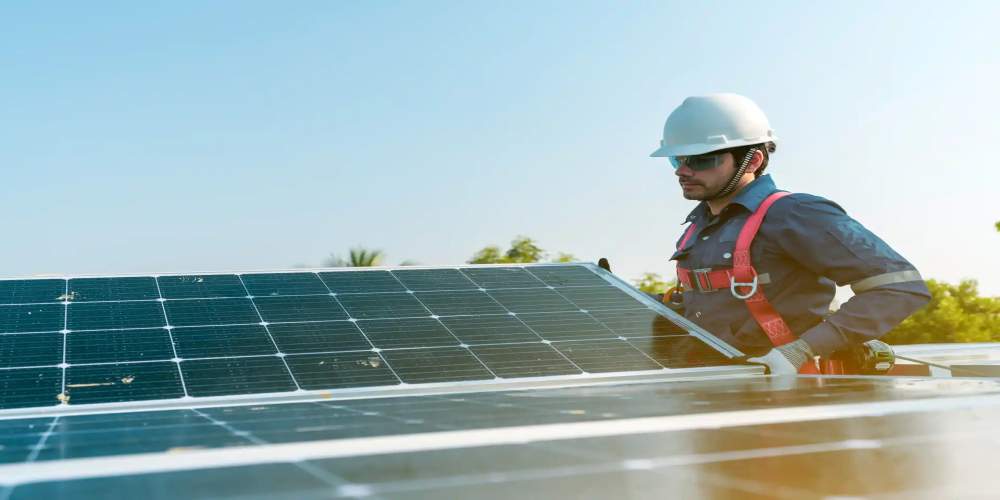
Despite solar panels becoming one of the world’s most used renewable technologies it’s surprising how many solar panels myths still exist. Solar energy is the cheapest energy source in the world and is an important tool in helping us reduce the effects of climate change. Although solar PV is an established and accepted technology in the UK you can still find people who are sceptical about the benefits of solar energy. Here are some of the most common myths and misconceptions surrounding solar energy.
Solar Panels only work when it’s sunny outside
Although solar panels indeed generate more electricity during the longer days of spring and summer in the UK they will still work on cloudier days with fewer hours of sunlight. Approximately 71% of generation is during spring and summer which still leaves 29% of generation in autumn and winter. Even on dull days, there is still sunlight that can be converted into energy. However, clouds do reduce the output of solar panels.
COMPARE PRICES FROM LOCAL INSTALLERS
Compare prices from local companies fast & free
Enter your postcode to compare quotes from leading professionals. We promise to keep your information Safe & Secure. Privacy Policy
For example, a system might generate 10% on an overcast day of what it would on a clear sunny day. Rainwater can actually help solar panels stay efficient by cleaning dirt and debris off them. In light rain, solar panel output is similar to what it is under light cloud cover which is around 24% less electricity than on a sunny day. However, according to Energy Nordic, heavy rain can reduce solar panel output by 80% to 90% relative to their maximum capacity.
Solar panel technologies are even more effective in cooler temperatures than warmer ones. You can find solar panel systems all over the world in all climates and terrains. Modules are designed to cope with all common forms of weather including rain, snow, and hail as well as dust and wind as long as they are installed correctly. The manufacturer or panel datasheet should specify to what extreme the module is tested to endure (e.g., size of hail stone or wind speed).
Solar panels are too expensive and are not economically viable
In the past solar panels have been too expensive for many household budgets but that has changed significantly over the past few years. In fact, the cost of solar panels has fallen by between 50% and 70% since 2010. The cost of investing in solar energy will vary depending on where you live in the UK, the installer you choose, and the panels you want. Most people should expect to pay between £4,000 and £8,000 for a typical solar system on an average semi-detached house. This will of course still be too expensive for some households but it’s far more affordable than it used to be and is predicted to continue falling in price.
After the initial installation, you can expect your solar system to last for at least 25 years. During this time, it’s unlikely that your system will require much maintenance. You should ensure you have a manufacturer's warranty to cover any faults with your solar panels. The inverter in your solar system will most likely need to be replaced after around 10 to 12 years. Depending on the size and manufacturer of your solar system you should expect to pay approximately £800-1800 to install a new inverter.
A few years ago, it would have taken over 20 years to make your money back on a solar panel system. Since the energy crisis and the surge in grid prices, the average payback period has shrunk to as short a time as 10 years or less. This is due to electricity becoming far more expensive which means that a solar panel system can typically cut a property’s electricity bills by around 64% which would result in annual savings of up to £852 for the average four-bedroom property.
Other factors that will affect the amount of money you can save on your energy bills and how quickly you can earn back the cost of installing solar panels include, the direction of your roof, where in the country you live, and how much time you typically spend at home during the day.
Another factor to take into consideration is that during the times when your solar panels generate more electricity than you can use, you can sell your surplus energy back to the grid through the Smart Export Guarantee (SEG). This can help you reduce your energy bills even further and speed up the payback time for your installation costs.
Solar panels are inefficient
Solar panel efficiency ratings tell you how effective a solar panel is at converting sunlight into electricity. Monocrystalline panels, traditionally the most efficient type of solar panel have seen a rise in efficiency from around 15% in the early 2000s to upwards of 22% in 2023. While polycrystalline panels started with efficiencies of around 13%, they now boast rates close to 19%, and thin-film panels which are known for their flexibility, have also seen a jump from 10% to around 16% efficiency. Practical efficiency is improving all the time. While solar PV can be less efficient than other forms of energy generation, it’s important to remember that sunlight is free and transmission losses can be lower when panels are installed on the site where the electricity is used.
Solar panels are ugly
Panels have become a lot more attractive in recent years. They are no longer the bulky blue rectangles that they once were. Innovation in the solar panel industry means that most of today’s solar panels have a sleek, elegant appearance. If homeowners want to make their panels more concealed, they can choose integrated panels which position panels in line with the tiles. Alternatively, they can opt for solar tiles which are like solar panels but camouflaged as roof tiles.
Solar panels can only go on south-facing roofs
In countries like the UK in the northern hemisphere, the south is the best orientation for solar panels as it allows for maximum exposure to sunlight throughout the day. However, any orientation from south to east or west is still viable though a solar array facing directly east or west will generate approximately 25% less than one facing due south. For some households, an east/west split array may be better as most of the generation is in the morning and evening. North-facing roofs are the only orientation not worth installing in the UK.
Solar installation is quite complicated
Most solar installations are relatively straightforward and normally completed within one to two days. Scaffolding will be required as most of the work will be on the rooftop. There is some wiring work required usually in the loft.
It’s important to make sure that your installer is certified by the Microgeneration Certification Scheme (MCS). MCS certification indicates that your installer provides a high installation standard, which adheres to all the latest industry standards. You should always get quotes from at least three certified installers before going ahead with your installation.
Getting permission for a solar system is difficult
Most solar panel installations are considered to be ‘permitted developments’. This means you won’t need planning permission to install solar panels on your home. There are a few exceptions where you may need to apply for planning permission. For example, you should always check with your local planning office first if your building is listed. if you own a flat within a building, you’ll need to get permission from the relevant authority which could be the building management company. If you rent a flat, you’ll need to speak to your landlord for permission before installing solar panels. Other exceptions include flat roofs, ground-mounted solar panels, and large commercial systems.
Once you have the go-ahead to install a solar panel system you need to register it with your Distribution Network Operator (DNO) as the DNO is responsible for connecting your system to the grid. However, your installer will normally take of this.
Solar panels can damage your roof
Far from damaging your roof solar panels can actually act as a protective layer above the roof sheltering it from the weather and prolonging the roof’s lifespan. In the unlikely event that you need to remove the solar panels to get to a damaged roof, the panels can be easily removed as they are not directly attached to the roof. They are simply mounted on top of it. The mounts are also protected using metal ‘flashing’ or coverings as an extra barrier. However, you should check your roof is damage-free before installing a solar panel system.
Solar panels are difficult to maintain
Solar panels require very little maintenance as they don’t have any moving parts. You should keep them clean to ensure they operate at maximum efficiency, but this doesn’t need to be done very often. It’s also a good idea to keep an eye on their day-to-day performance and get them serviced roughly once a year.
Solar panels will make it harder to sell your home and reduce its value
There’s no evidence to suggest that solar panels will make it harder to sell your home. It’s very likely, however, that as potential buyers become more environmentally minded and aware of the need for greater energy efficiency, solar panels will make your home sell faster. With the cost of energy at an all-time high cheaper bills will be appealing to buyers. In the USA research by the National Renewable Energy Laboratory showed that homes with solar panels sell 20% faster than those without There’s also no data available to indicate that solar panels will reduce the value of your home. It is more likely that they will add value to your home. Adding solar PV is one way to improve your home’s Energy Performance Certificate (EPC) rating which is linked to higher property prices. You cannot be sure how much value solar panels add to the overall value of your property, but a recent US study conducted by Zillow found that homes with solar panels sold for around 4% more than those without them.
Solar Panels do more harm than good to the environment
Solar energy itself is one of the cleanest forms of energy on the planet. Unlike fossil fuels, working solar panels don’t release any greenhouse gases. Depending on where you live, they can reduce your carbon footprint by around one tonne of CO2. There are a few negative environmental factors of solar panels to consider such as the hazardous materials used to create them, where they are manufactured, how far they need to be shipped from, how they’re disposed of, and how much they impact land use. If you look into the carbon footprint of an average solar photovoltaic (PV) system, you will find that it generates between 14–73 grams of carbon dioxide equivalent (CO2e) per kilowatt-hour (kWh) which is not much compared to the average 742g of CO2e released per kWh when burning oil. After three years, a solar panel’s overall carbon footprint drops into the negatives as it will have prevented more emissions from being released into the atmosphere than it took to create itself.
Solar panels are not good for the environment after their lifetime is used up
As with all electronic products, solar panels will one day reach end-of-life, though this is likely after 25 – 40 years. Solar waste much like other e-waste is a very real problem. However, the bulk of solar panels can be recycled, including the aluminium frame, cables, junction box, glass, cells, and circuit material which are all reusable. Some manufacturers will even recycle solar panels for you free of charge. There is also ongoing research into recycling at scale. For example, a centre in France already claims a 95% material recovery rate.
Solar panels are a threat to agricultural land
In reality, solar panels currently take up just under 0.1% of land in the UK, according to recent research by Solar Energy UK. This is a tiny amount compared to the 70% of land that agriculture covers. Furthermore, existing solar farms currently use less land than all UK golf courses and airports together. There is, however, no need to choose between agricultural land or a solar farm. It’s possible to have the best of both worlds by combining agricultural land and solar farms to create what is called an ‘agrivoltaic system’, a set-up that involves planting crops underneath raised photovoltaic panels. This symbiotic system is of great benefit to farmers.
Some crops need shade to thrive on hot days, which can be provided by the panels while they are harnessing solar energy at the same time. Farmers can benefit from this arrangement by continuing their agricultural work as well as receiving a solar rental subsidy fee of between £850–£1,100 per acre each year.
It’s always good to have a degree of scepticism when it comes to the purchase of any household appliances, especially with all the greenwashing out there. However, as you can see now that we have dispelled some of the most common misconceptions about solar panels there are lots of excellent reasons to install solar panels on your home.
Find a local installer
Welcome to the biggest directory of UK renewable energy companies



